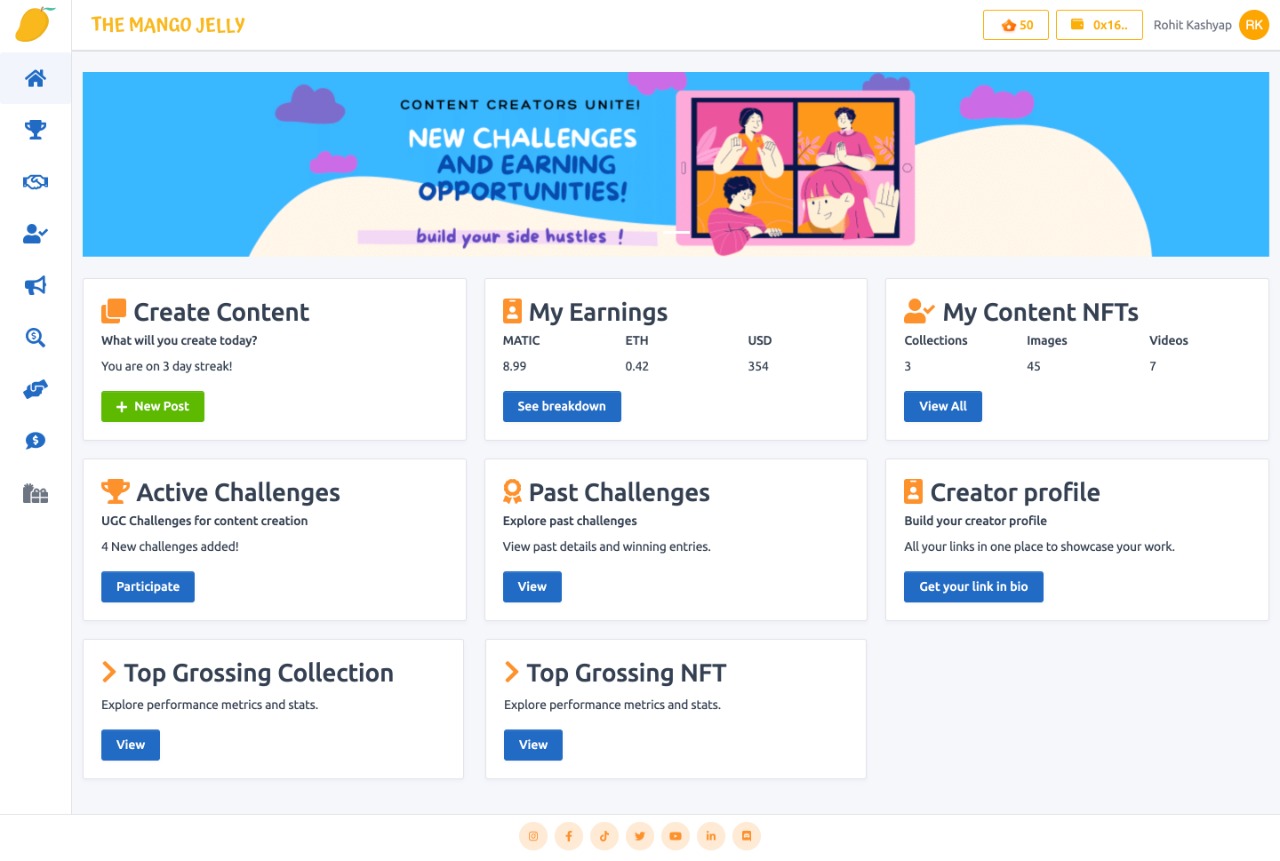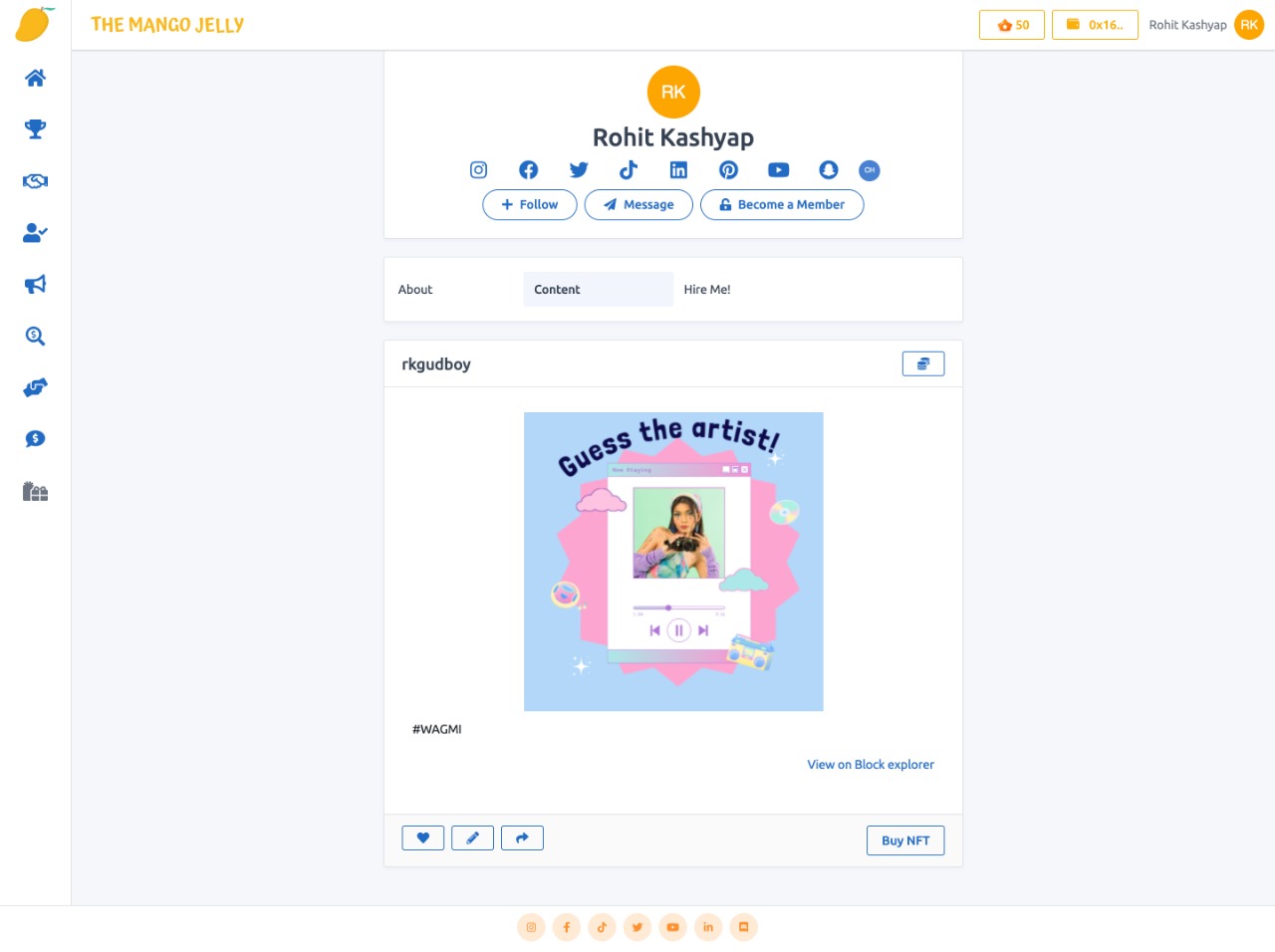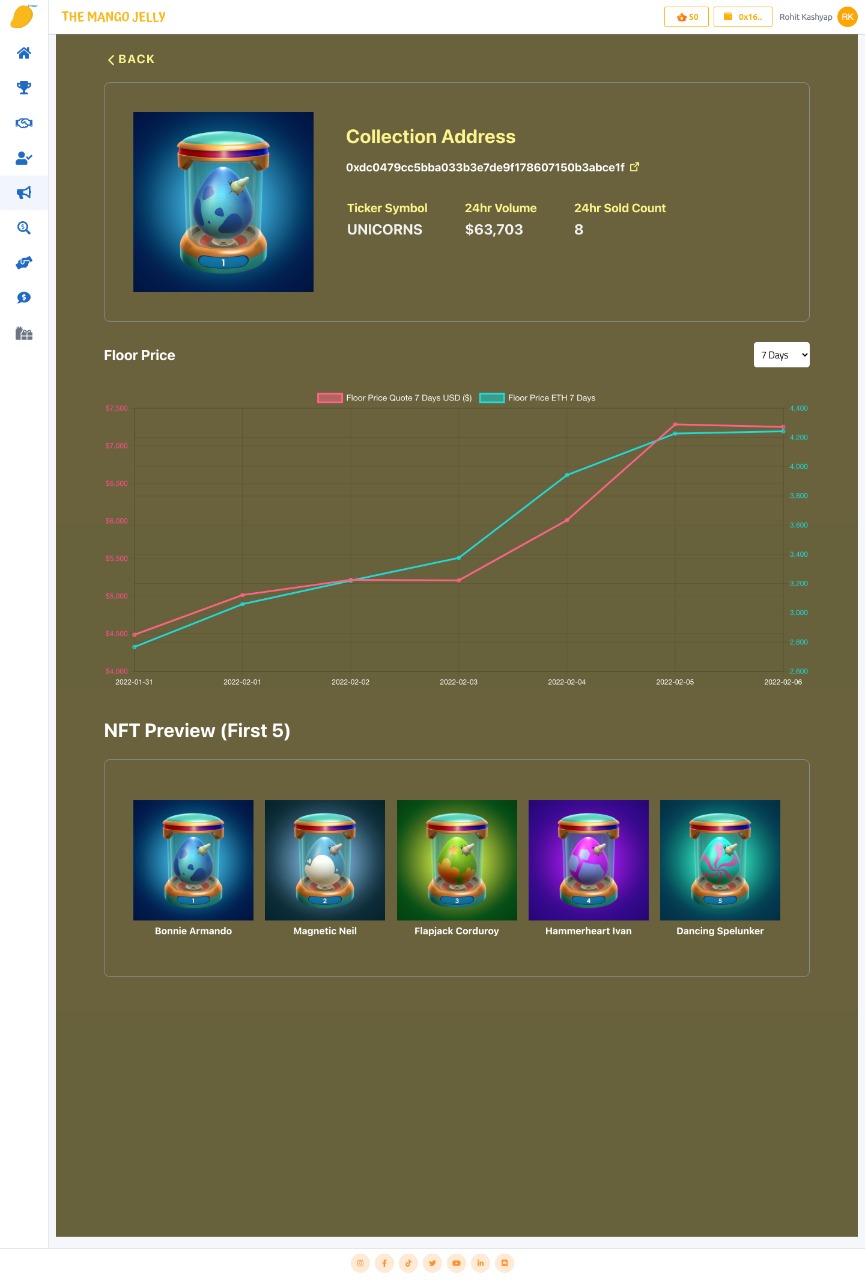The Mango Jelly @ Road to Web3
Web3 based crowdsourcing and monetization platform for UGC NFTs
The Mango Jelly @ Road to Web3
Created At
Winner of
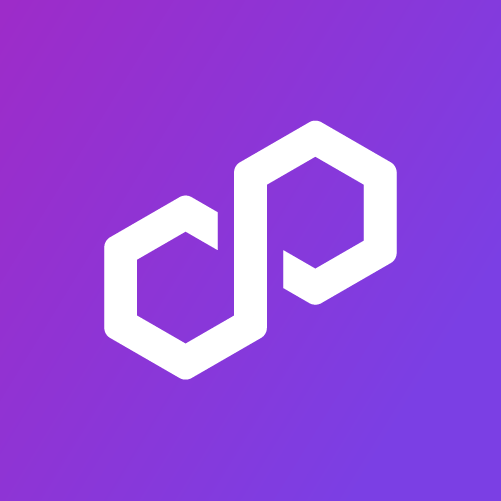
🏊 Polygon Pool Prize
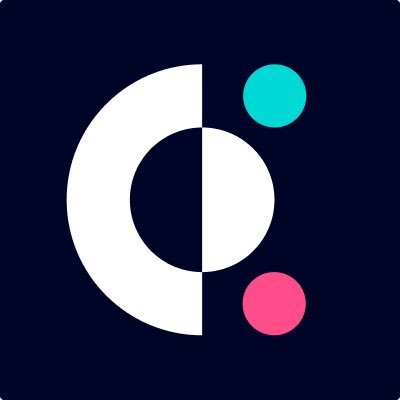
🏊 Covalent Pool Prize
Project Description
Problem Statement:
Other than the top 5% of influencers, creators are left to do the most of the legwork to get platform revenue share or convince either brands or fans to pay them. There is a huge disparity in resources and monetization avenues for creators on the long tail.
Whereas, marketing content made by brands lacks diverse perspectives and representation. 79% of people say that UGC highly impacts their purchasing decisions over brand-created content. And, 71% of people expect more focus on diversity and inclusion in online advertising. (Report by Facebook)
Our solution:
To bridge this gap between content creators and brands, we are building a Web3 based UGC crowdsourcing platform. On the platform, creators can mint their works as NFTs and sell them to fans and brands. Brands can source amazing UGC as NFTs and purchase them to use in their marketing. Think on the lines of OpenSea + Shutterstock + Freelancer Contests.
Using NFTs here helps creators to establish content ownership and claim rightful monetization. Creators are rewarded fairly for their unique and original content, irrespective of their follower count.
How it works:
Creators will mint their original content as NFTs to establish ownership. They can do this in two ways:
- Create original artworks, images or videos and mint them as NFTs to be purchased by fans and brands.
- Mint content submissions as NFTs in response to challenges published by brands.
e.g. say a Cola brand wants to request video content featuring their product for their holiday campaign.
Creators will earn platform tokens for creating content in response to the challenge. And, the brand can purchase the best submissions. The purchased content will be licensed appropriately to the brand for further usage. Creators will be able to earn passive income as royalties for their works being reused.
Various content types are supported for challenges such as photos, videos and written content like blogposts & captions.
How it's Made
Tech stack:
-
Polygon: We used Polygon for creators to mint their content NFTs on. These NFTs are available on the Creator’s profile and the UGC NFT marketplace to be purchased by fans and brands. Users can also accept tipping from fans in $MATIC. Our product falls in two tracks: Best NFT Dapp and Best Web3 Implementation of a Web2 Product. Our product is like a Web3 implementation of Shutterstock for User Generated Content (UGC) NFTs.
-
Covalent: We made use of the Covalent API and Dashboard template for content creators to see health stats and history related to the top grossing collection as well as top NFT that they own.
-
Sequence: We used Sequence to implement visually appealing and user-friendly auth & onboarding flows. On signing up via Sequence, the user can start building their creator profile while earning the platform token on the way. Our onboarding is built in a multistep wizard mode for gamification and effectively guiding the user.
-
Moralis: We are using Moralis to fetch details from blockchain about NFTs and NFT collections to show on Creator profile and Marketplace. Upon conclusion of a UGC challenge posted by a brand on the platform, the winning NFT will be transferred from creator to brand using Moralis.
-
NFT Port: We found NFTPort particularly helpful for easily minting NFTs. On our platform, a content creator can upload their content like images/videos and mint them as NFT on either Ethereum or Polygon. For minting the content on Ethereum we used the Rinkeby testnet. And, for minting on Polygon we used the Polygon mainnet.
-
React.js, Node.js and Mongo DB: For the front end and back end development.


